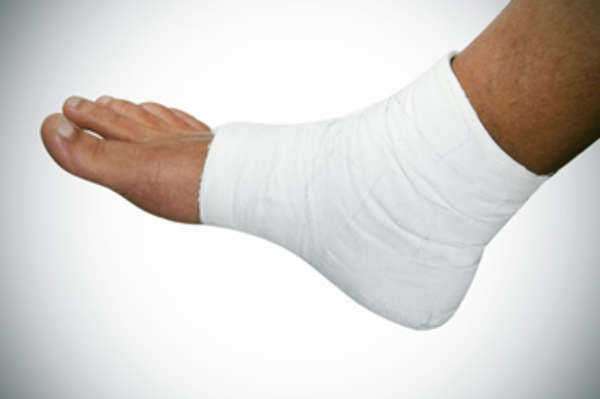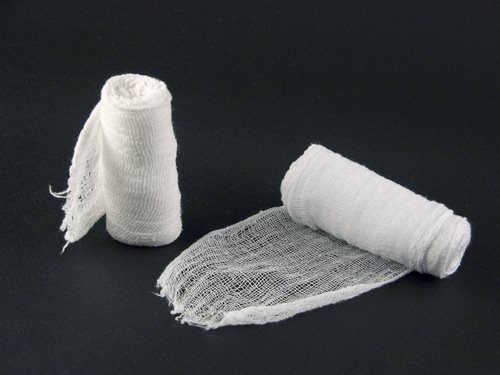
Introduction
Head injuries are one of the most common types of injuries that occur in the United States. A head injury can range from a minor bump to a serious traumatic brain injury (TBI) and can have a significant impact on a person’s physical and cognitive abilities. According to the Centers for Disease Control and Prevention (CDC), there were approximately 2.87 million TBI-related emergency department visits, hospitalizations, and deaths in the United States in 2014.
In this article, we will explore the different types of head injuries, their causes, symptoms, treatments, and prevention measures. We will also dive into some recent updates on the topic using government resources.
Types of head injuries
There are several types of head injuries that can occur. Some of the most common ones include:
Concussions: A concussion is a type of TBI that is caused by a blow or jolt to the head that disrupts the normal functioning of the brain. Concussions are the most common type of head injury and can occur in any situation where a person’s head is violently shaken or bumped.
Skull fractures: A skull fracture is a break in one or more of the bones of the skull. This type of injury is usually caused by a blunt force trauma, such as a fall or car accident.
Intracranial hematoma: An intracranial hematoma is a type of TBI that occurs when blood vessels in the brain rupture and blood accumulates in the surrounding tissues. This can lead to increased pressure in the skull and can be life-threatening if not treated promptly.
Contusions: A contusion is a bruise on the brain that results from a direct blow to the head. This can cause swelling and bleeding in the brain tissues, which can lead to serious health consequences.
Causes of head injuries
Head injuries can occur in a variety of ways. Some of the most common causes include:
Falls: Falls are the leading cause of head injuries, especially in young children and older adults. Falls can occur in any setting, but they are particularly common in the home and workplace.
Motor vehicle accidents: Car accidents are a major cause of head injuries, especially those involving motorcycles and bicycles. Pedestrians are also at risk of head injuries if they are struck by a car.
Sports-related injuries: Contact sports, such as football, soccer, and hockey, can lead to head injuries, particularly concussions. Athletes who participate in these sports are at a higher risk of experiencing head injuries.
Assaults: Head injuries can also result from physical assaults, such as being struck with a blunt object or being punched in the head.
Symptoms of head injuries
The symptoms of a head injury can vary depending on the severity of the injury. Some common symptoms include:
Headache: A severe headache that gets worse over time can be a sign of a head injury.
Dizziness or vertigo: Feeling unsteady or lightheaded, or experiencing a spinning sensation, can be a sign of a head injury.
Nausea or vomiting: Nausea or vomiting can be a sign of a head injury, especially if they are accompanied by other symptoms such as headache or dizziness.
Vision problems: Blurred vision, double vision, or sensitivity to light can be a sign of a head injury.
Confusion or disorientation: Feeling confused or disoriented, or having trouble concentrating, can be a sign of a head injury.
Loss of consciousness: Loss of consciousness, even for a brief period of time, can be a sign of a severe head injury.
Treatments for head injuries
Treatment for a head injury will depend on the severity of the injury. Mild head injuries, such as concussions, may not require any medical treatment and can be managed with rest and over-the-counter pain medication.
More severe head injuries, such as skull fractures or intracranial hematomas, may require more invasive treatments, such as surgery to remove the blood clot and relieve pressure on the brain.
Prevention of head injuries
Head injuries can often be prevented by taking simple precautions. Some ways to prevent head injuries include:
Wearing a helmet: Helmets can reduce the risk of head injuries in a variety of settings, such as when riding a bike or participating in contact sports.
Using seat belts: Wearing a seatbelt while riding in a car can reduce the risk of head injuries in the event of an accident.
Making homes safer: Reducing hazards in the home, such as removing tripping hazards and installing handrails on stairs, can help prevent falls that can lead to head injuries.
Conclusion
Head injuries are a serious issue that can have a significant impact on a person’s life. Understanding the different types of head injuries, their causes, symptoms, treatments, and prevention measures is important for keeping yourself and your loved ones safe. Remember to always take precautions, such as wearing helmets and using seat belts, to reduce the risk of head injuries. If you or someone you know experiences a head injury, seek medical attention immediately to ensure proper treatment and recovery.
What are Head Injuries?
A head injury refers to any particular type of trauma that affects the human head. This type of physical injury may or may not include actual trauma or injury to the brain. However, the term head injurywill often times used to describe injuries to the brain as well.
What are the Types of Head Injuries?
Head injuries will often times be classified as either external or internal injuries. External injuries are those that occur on the surface of the head, the scalp, or the skull. Typically, these types of injuries will not necessary affect the brain, though it is not uncommon.
Internal head injuries are those that cause some sort of trauma to the brain, often times with the injury causing skull fracture. However, a skull fracture is not necessarily needed for an internal brain injury to occur.
Head injuries can also be classified in terms of closed or open injuries. A closed head injury is one where the actual skull will not suffer a fracture. An open head injury is one where the skull is fractured and the dura mater is breached by an object.
What are Some Common Head Injuries?
There are various types of head injuries that exist, all causing different types of health issues, both as a result of the injury and afterward. The following is a list of some of the most common head injuries:
1. Concussion: Concussions are among the most commonly reported head injuries in the world, with over four million concussions occurring on a yearly basis. It is classified as a mild brain injury where the head strikes an object or an object strikes the head, causing the human brain to move significantly within the skull.
This type of head injury is very common in sports, particularly those considered to be contact sports such as football. As a result, concussions can lead to unconsciousness, period of memory loss, headache, and drowsiness.
2. Intracranial Hemorrhage: Intracranial hemorrhage is internal bleeding that occurs within the human skull. The most common cause is usually when a blood vessel within the skull bursts or leaks. Physical trauma can lead to intracranial hemorrhage, though it can also be caused by non-traumatic factors, such as hemorrhagic stroke or aneurysm. It is considered to be a serious medical situation due to the blood building up in the skull which causes intracranial pressure. The pressure build-up can lead to damaging of brain tissue within the skull. Though certain physical signs may be apparent to help diagnose intracranial hemorrhage, such as such as nausea, weakness, vomiting, and seizures, the only proper way to determine intracranial hemorrhaging is with the use of a CT scan.
3. Cerebral Contusion: Refers to a head injury which causes the bruising of brain tissue. This often results when the head will suffer significant trauma, causing the brain to bounce off of the skull and causing for the tissue to be bruised, such as in the case of a motor vehicle accident or significant fall. Headache, dizziness, increased size of one pupil, and weakness on one side of the body are common signs of a cerebral contusion.

















